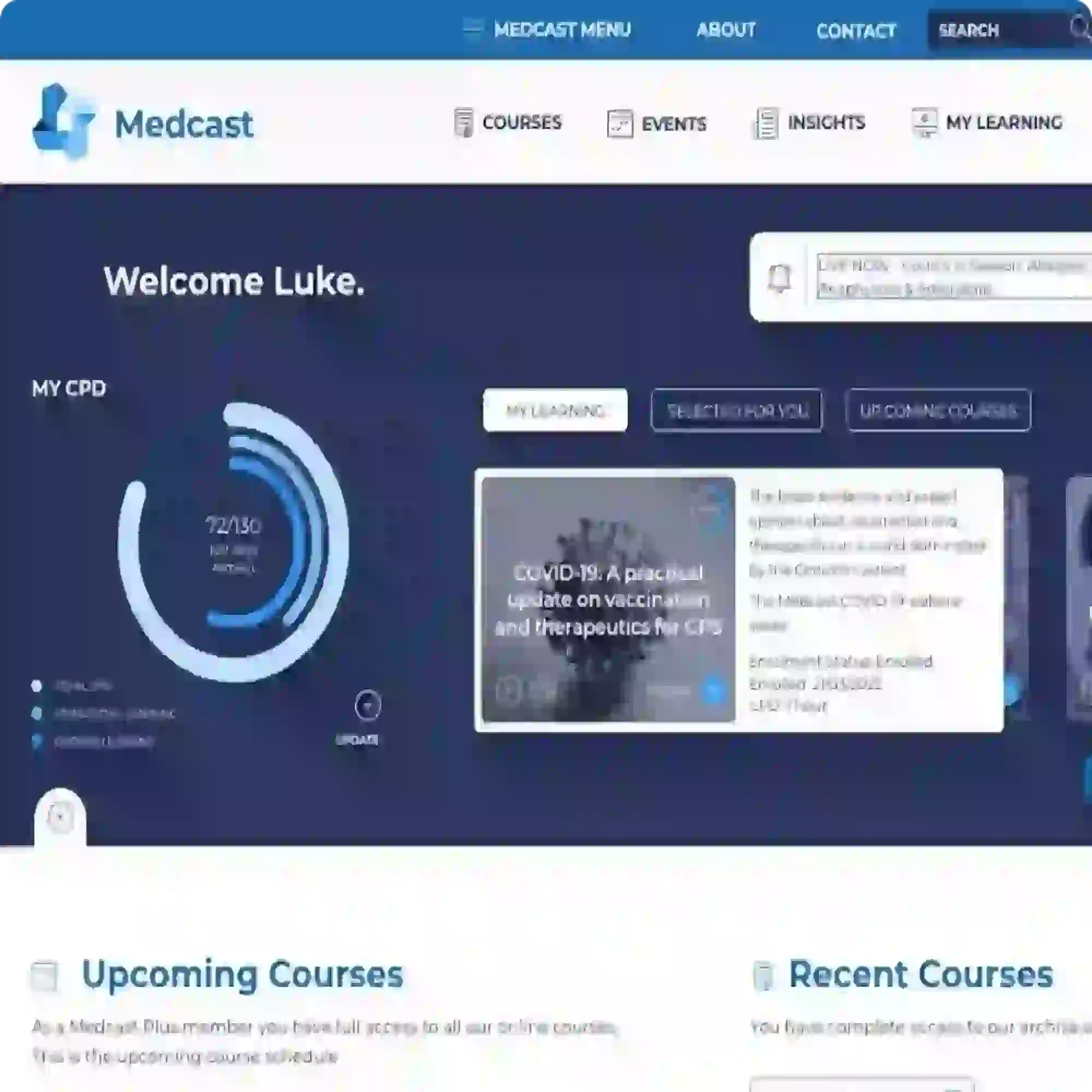Paediatric Advanced Life Support Standards
Most clinicians are well informed of their own requirements to complete basic life support education annually, but are not always aware of the standards supporting specialised resuscitation education.
In 2014 the Australian Resuscitation Council and the New Zealand Resuscitation Council released the Standards for Resuscitation: Clinical Practice and Education, A Resource for Healthcare. This document aids healthcare professionals and organisations understand what organisational support, equipment and education should be implemented to maintain the highest standards of patient care during a resuscitation event.
This is also supported by Standard 8: Recognising and Responding to Acute Deterioration from the Australian Commission on Safety and Quality of Healthcare which aims to ensure that escalation and response systems are in place to ensure that all patients who acutely deteriorate receive a timely and appropriate response.
In order to achieve these standards, it is essential that medical and nursing staff who work with paediatric patients receive specialised education to manage a paediatric cardiopulmonary arrest. At a minimum, the team leader should have expertise in the resuscitation of newborns, infants and/or children, as determined by the age of their patients. Ideally all members of a resuscitation team working with paediatric patients will have expertise in these specific patient groups. This facilitates greater collaboration between colleagues, who will be able to deliver high quality resuscitation during a stressful situation.
Further to this, action 8.11 states that hospitals should:
“Establish competence in paediatric advanced life support for responders in services that provide care to children. More clinicians may require training so this level of care can be provided 24 hours a day and when key clinicians are absent.”
If you are interested in enhancing or maintaining your skills in managing paediatric arrests, our nationally accredited Paediatric Advanced Life Support workshops are held regularly throughout the year. These workshops utilise a problem-solving approach and are based upon the current Australian Resuscitation Council guidelines.
If you are interested in updating your knowledge and confidence in paediatric nursing check out our new online course, Paediatric Assessment of Clinical Emergencies & Deterioration - PACED. It explores childhood emergencies and outlines the physiological differences and pathways to deterioration in children.
For a full list of events and courses please visit https://medcast.com.au/critical-care.
References:
Australian Resuscitation Council & New Zealand Resuscitation Council, Standards for Resuscitation: Clinical Practice and Education, A Resource for Healthcare, published 3 September 2014.
Australian Commission on Safety and Quality in Health Care. National Safety and Quality Health Service Standards. Standard 8: Recognising and Responding to Acute Deterioration Standard, 2nd ed. Sydney: ACSQHC; 2017.

Crystal Smith is a Senior Education Consultant for Critical Care Education Services (part of the Medcast Group). She has a clinical background in critical care, paediatrics and education.
Become a member and get unlimited access to 100s of hours of premium education.
Learn moreFollow James, a 7-year-old boy scheduled for a tonsillectomy and adenoidectomy, as we explore how the 4 P’s of child preparation – Prepare, Play, Parent, Praise – can be used in day surgery to reduce procedural anxiety, support family-centred care, and improve the overall patient experience
Caregiver concern is a powerful predictor of clinical deterioration in children, often surpassing abnormal vital signs. A recent Lancet study confirms its association with ICU admission and ventilation. Integrating caregiver input into assessments, documentation, and escalation protocols can significantly improve early recognition and outcomes in paediatric emergency care.
Sepsis is a time-critical medical emergency. The National Sepsis Program urges GPs and primary care clinicians to enhance early recognition and management of sepsis to save lives. This update outlines key actions and available resources to support timely diagnosis and intervention across primary care settings.
